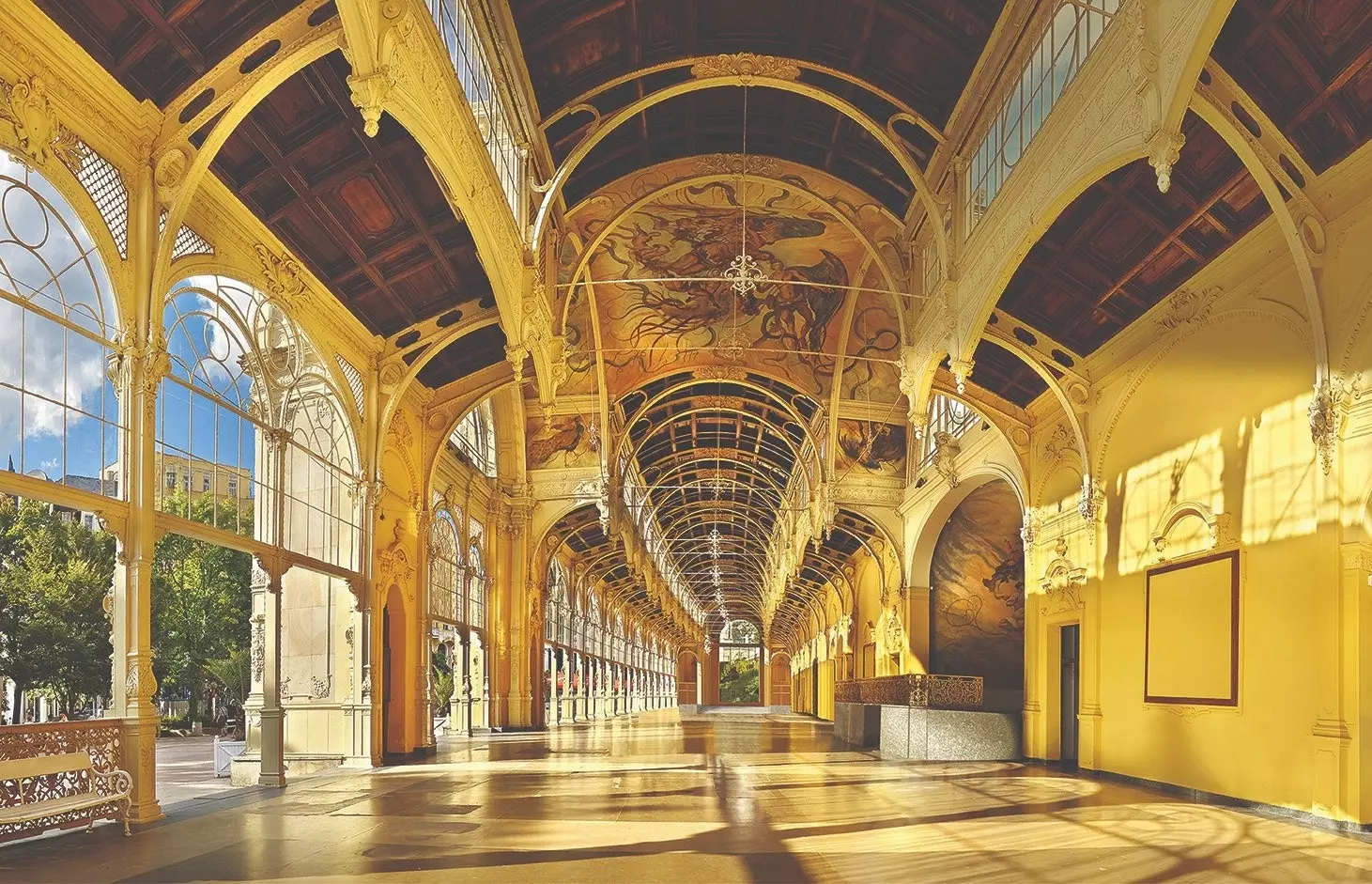
Main Colonnade, in Mariánské Lázně (Czech Republic).
The universal – and exceptional – value of spa phenomenon in Europe It has finally been recognized by UNESCO. Last July 24, when in Spain we were enthralled with the inclusion of the Paseo del Prado and the Buen Retiro on the World Heritage list, other 11 European cities shared our excitement and joy: The Great Spa Cities of Europe also obtained the title of World Heritage.
The transnational site is named The Great Spa Towns of Europe and is made up of Baden bei Wien (Austria); Spa (Belgium); Františkovy Lázně, Karlovy Vary and Mariánské Lázně (Czech Republic); Vichy (France); Bad Ems, Baden-Baden and Bad Kissingen (Germany); Montecatini Terme (Italy); Y the city of Bath, in the United Kingdom (which actually takes listed since 1987, when it became the first the only spa city in the world to hold this title, now shared with its sister cities).
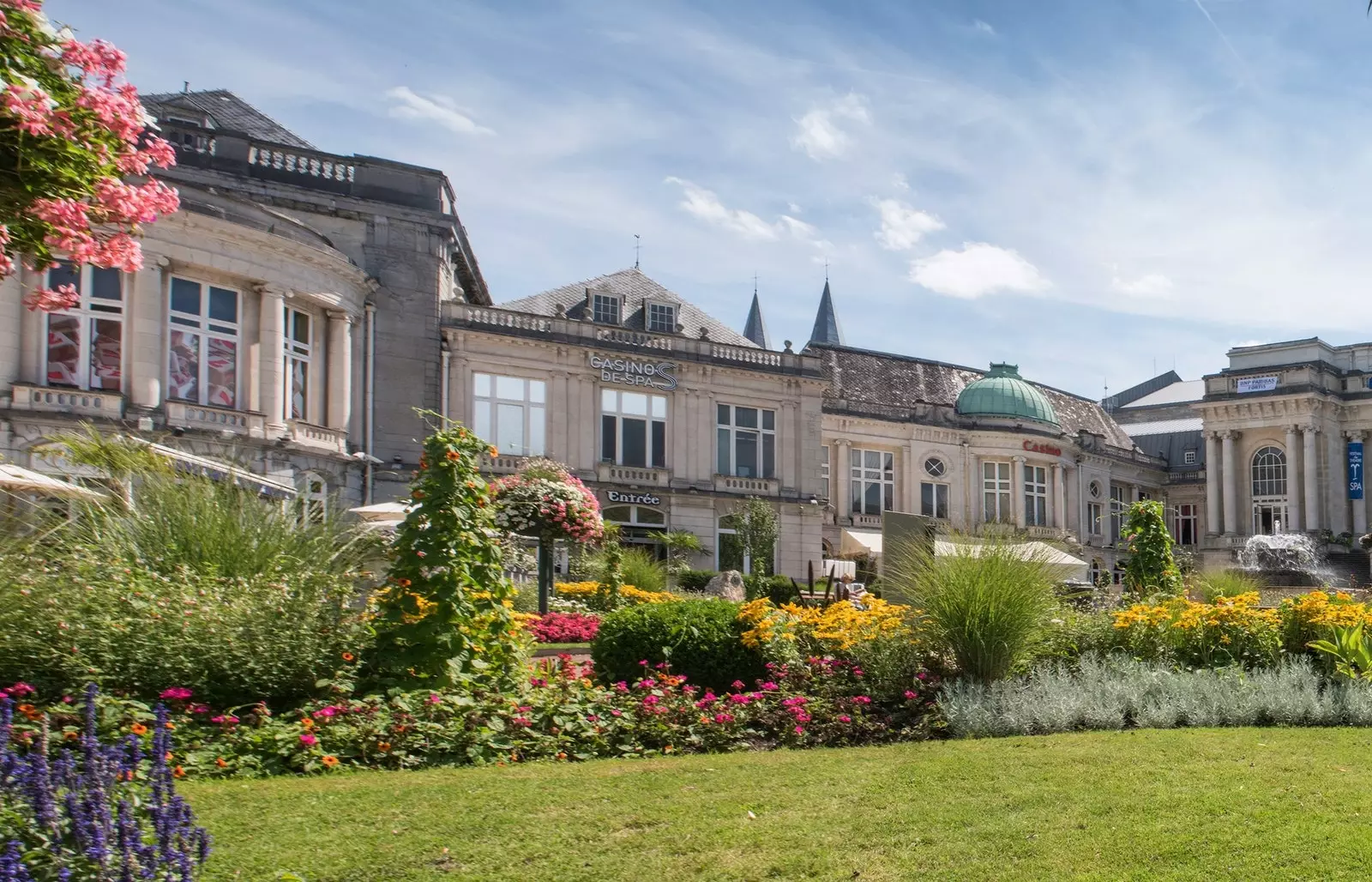
Casino of the city of Spa, in Belgium.
The World Heritage Committee wanted to highlight European spa culture that, born at the beginning of the 18th century, lasted until the 1930s and led to the appearance of large international resorts that impacted the urban landscape. Buildings dedicated to therapy, fountains, colonnades and galleries were designed to take advantage of the natural resources of mineral water; were also projected gardens, casinos, theaters and other complementary facilities.
“All these ensembles are integrated into a general urban context that includes a recreational and therapeutic environment carefully managed in a picturesque landscape. Together, these sites embody the meaningful exchange of human values and developments in medicine, science and balneology”, exposes UNESCO.
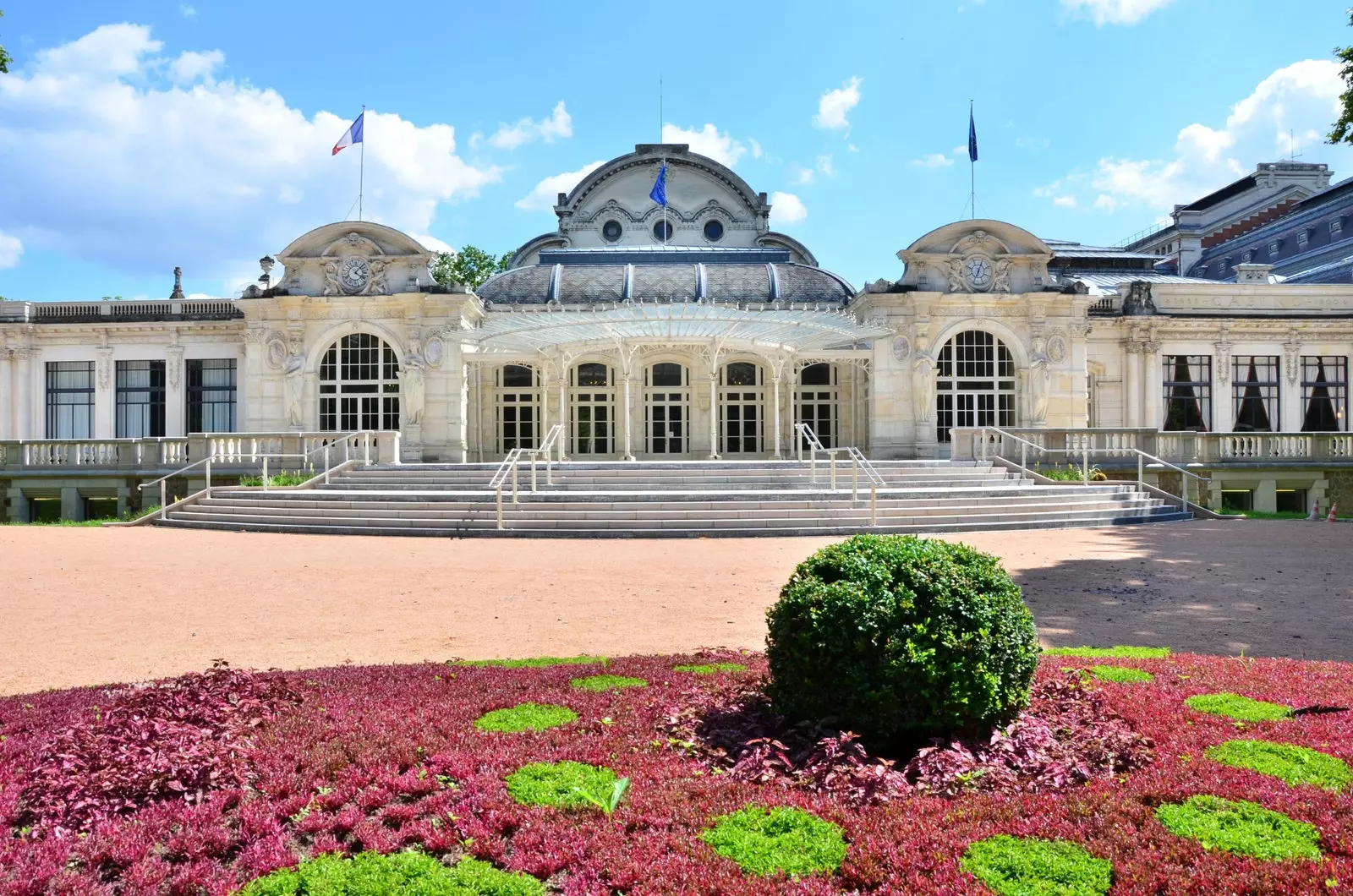
Palace of congresses and opera of the city of Vichy, in France.
THE 11 SPA CITIES
spa of emperors, Baden bei Wien was the historical seat of the Habsburgs and its Biedermeier architecture is intermingled with other buildings of the 20th century. stand out the architectural group of Kurhaus, Trinkhalle and Sommerarena, the music pavilion and gardens.
Was the spa town popularity Spa the cause of the introduction of the noun 'spa' in the English vocabulary. all over Europe its carbonated waters were known and its French classicist architecture still causes the same admiration as in the 19th century, when the complex was transformed into a modern spa.
Place of emancipation (women visited it alone to cure their "feminine" illnesses), Františkovy Lázně boasts an architecture that is as authentic as it is exceptional. It was the first peat spa of the world: mud baths obtained in the surrounding forests.
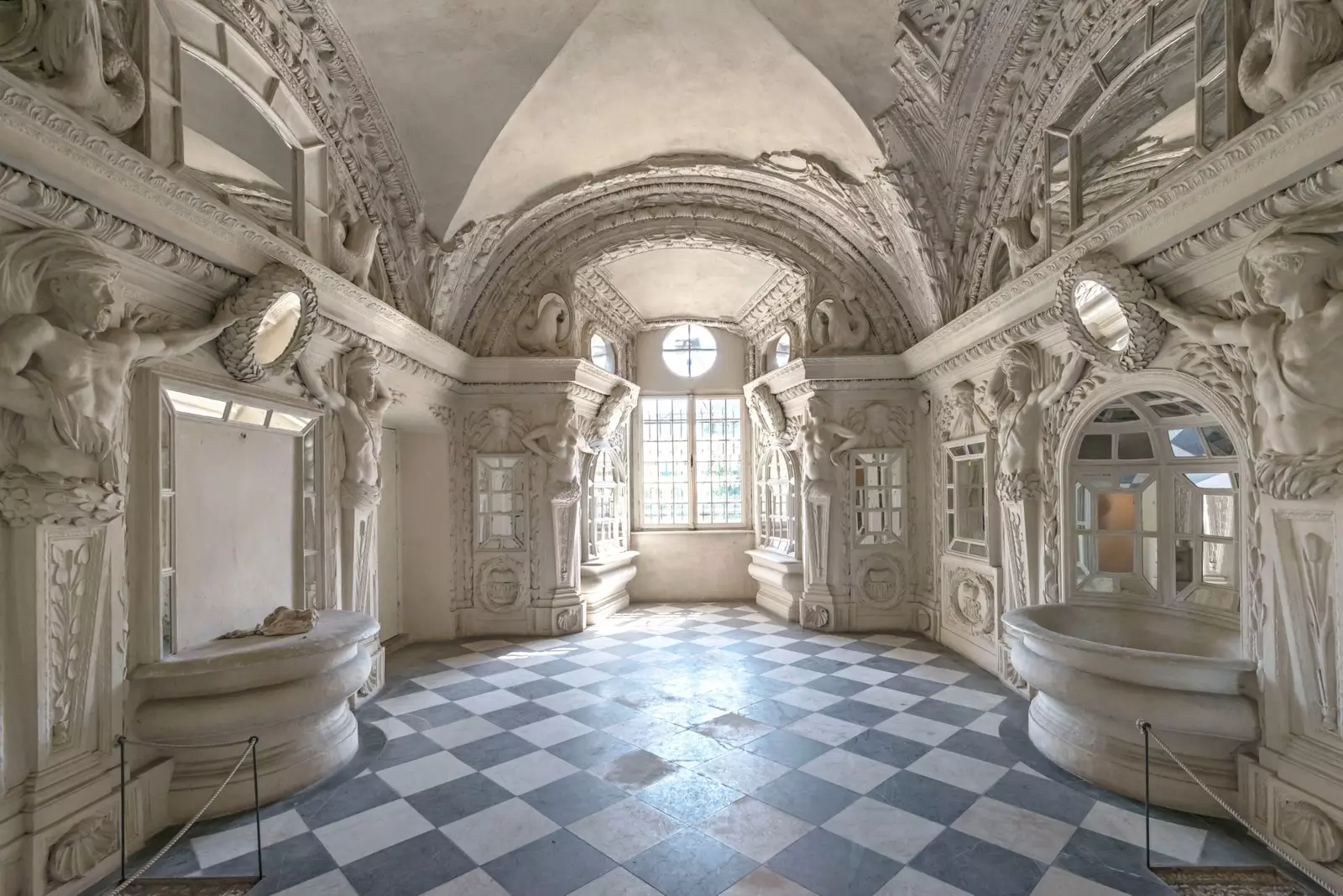
Baroque bath in Baden-Baden, Germany.
The Art Nouveau buildings of the considered Europe's largest spa, Karlovy Vary, they draw attention for their ornamentation and their geyser-like spring, for its uniqueness.
Royal families and aristocrats traded and met in the Mariánské Lázně Park, an outdoor spa where neoclassical buildings blend seamlessly into nature.
It was Napoleon III who encouraged the construction of a little Paris with the soul of a spa: his name is Vichy, and it is much more than bottled water. Parks, boulevards, covered walks, hotels, casinos, theaters... make up the idyllic urban landscape.
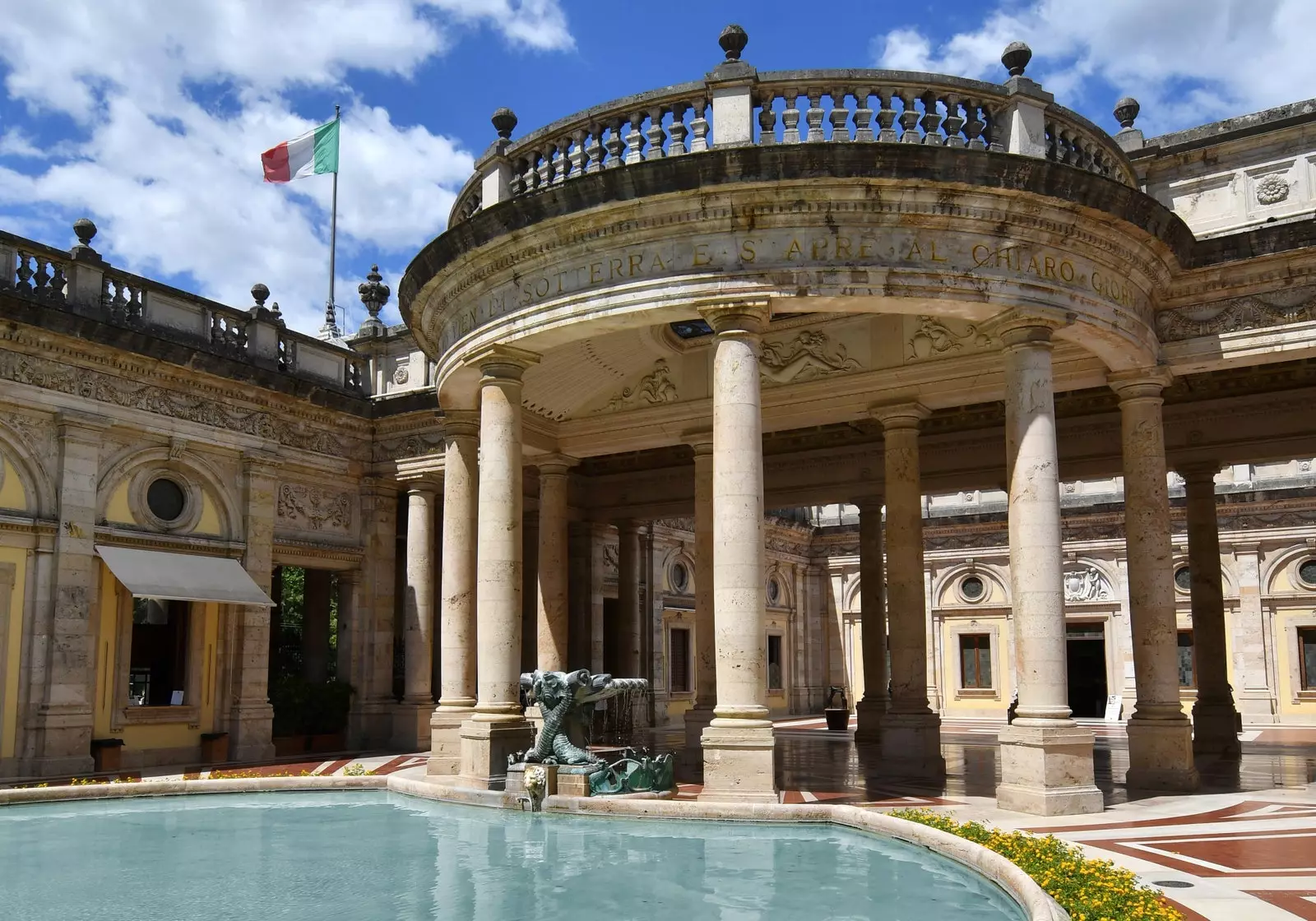
Terme Tettuccio, in Montecatini Terme (Italy).
With the healing waters of Bad Ems pills were made and important political decisions were made and composed in its picturesque compound great pieces of music
Baden-Baden inspired great artists and served as a summer playground for Europe's cultural elite in the 19th century.
The Wandelhalle pump room in Bad Kissingen It is the largest structure of its kind in the world and for that alone it is worth the visit, but there is much more: echoes of the architect Max Littmann, parks and forests and even brine production facilities.
